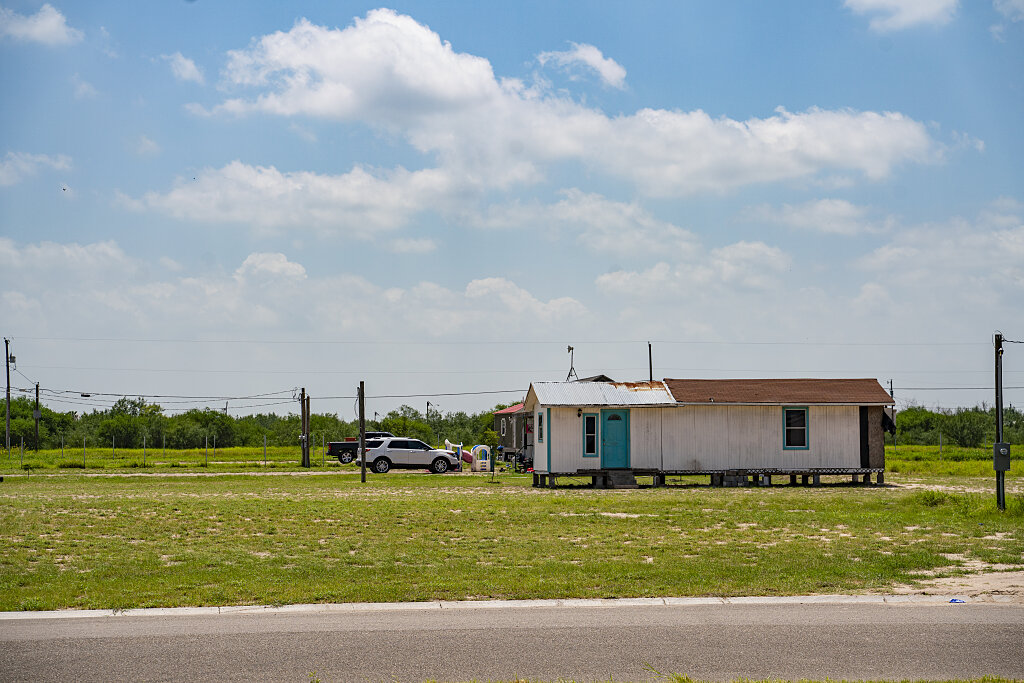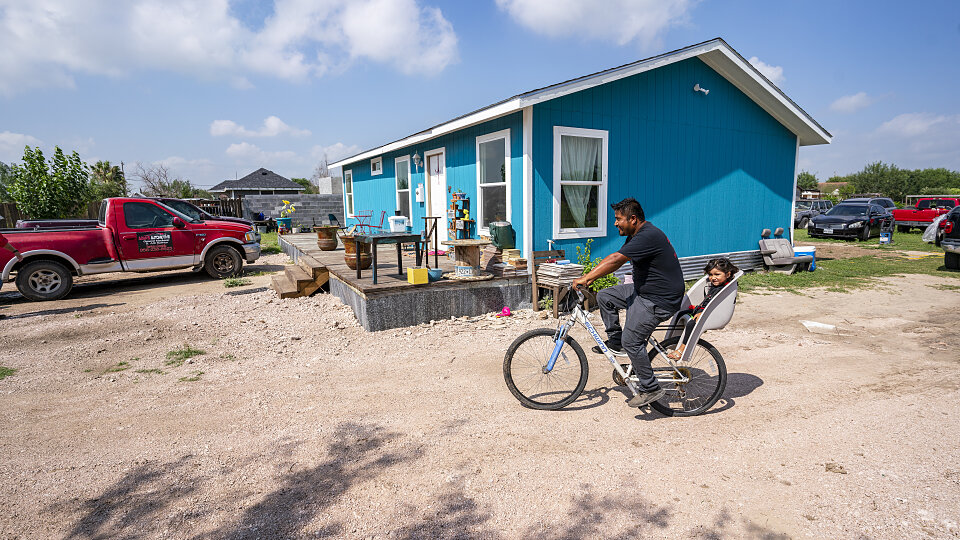Most of us tend to imagine a war-torn street in a far-off country when we think of poverty. We often forget poverty is prevalent in America too, and 4.5 million children are living in extreme poverty, defined as living off of $9 a day, while every minute a baby is born into poverty in America.
More than 1 in 7 children in America experienced food insecurity and did not have enough to eat in 2019. More than 1.5 million school-aged children experienced homelessness during the 2017-2018 school year, living in shelters, transitional housing or even on the streets. You can imagine what those statistics must be like in a post-2020 era.
It's about more than just understanding the statistics
 As we all know, poverty is a complicated issue and can stem from several factors — job insecurity, lack of education, lack of resources, mental illness, trauma and more. This means that finding a one-size-fits-all solution to poverty is not possible. We have to evaluate the individual and work with them on their specific needs. This also means it’s not something we can fix on our own, it must be reciprocated by the person in need.
As we all know, poverty is a complicated issue and can stem from several factors — job insecurity, lack of education, lack of resources, mental illness, trauma and more. This means that finding a one-size-fits-all solution to poverty is not possible. We have to evaluate the individual and work with them on their specific needs. This also means it’s not something we can fix on our own, it must be reciprocated by the person in need.
A complete mind shift must take place to escape poverty. It’s not just a lack of money, food or a home that results in chronic homelessness. Someone must combat years of learning how to survive without access to resources and support. Sometimes this is due in large part to unidentified mental illness or lack of education.
We can take a person off the street tomorrow and give them a home, food, clothes and some money, but that does not change their mindset. It merely changes their circumstances. Someone who has experienced generational poverty is conditioned to live in poverty. They would not be able to function in their new environment and new circumstances because they may not be prepared.
We must also remember poverty comes in many shapes and sizes. Poverty is hidden inside approximately 3 billion people’s homes. These people may have a place to stay but don't have enough food to feed their families. It might be a struggle no one on the outside sees.
According to the 2022 OECD Economic Survey of the United States, nearly 3.4 billion people are forgotten as they are not considered poor, middle class or rich.
It’s those who are silently struggling to stay above the poverty line who have worked to make a mind shift and not be a statistic who often struggle the most. They aren’t the obvious ones to receive help because they are not visible to most of us.
So with all the complications, where do we begin?
At Buckner International, we begin with families. We choose an approach that meets children and vulnerable families where they are to help keep them together.
Creating a solution for families
 We must meet the basic needs of families and children and ensure more families have the support they need from day one. Providing families with critical services, aid and coaching to keep them strong decreases the likelihood of abuse, neglect and removal of children.
We must meet the basic needs of families and children and ensure more families have the support they need from day one. Providing families with critical services, aid and coaching to keep them strong decreases the likelihood of abuse, neglect and removal of children.
This is one of the main purposes of the Buckner Family Hope Center® model. The success of our Family Hope Centers is found in combining effective programs and passionate people to help families experiencing poverty, family issues and a lack of services.
The strength of the Family Hope Center model is its emphasis on engaging, equipping and elevating families, making it portable and effective in many cultures and contexts. That’s why we provide Family Hope Center locations both domestically in Texas and six countries worldwide.
For example, in the Rio Grande Valley, we offer classes focused on parenting, finance, family coaching and more. When we have a family who participates in our programs and presents us with a significant housing need, we can look for ways to meet that need. That’s how our Buckner Healthy Housing program began.
In the Rio Grande Valley, it can take up to 15 years for a family to pool together enough resources to build a home on their own. Through Healthy Housing, we reduce that timeframe to an average of six months. Over time, Buckner has seen a positive impact on families as well as the larger community from increased home ownership.
Most families living in the area we serve utilize whatever resources are available: from hollowed-out buses to galvanized metal, to provide shelter and a home for their children. Oftentimes, these structures are unable to sufficiently provide the safety and security a family needs.

As families develop healthy behaviors and communication strategies through key services, aid and coaching, they become eligible to receive assistance with building their new homes.
Once a family is ready, they can apply for the housing program where we connect churches and groups with families to construct a new home together. Through the Healthy Housing program, families have access to a safe and healthy home, leading to lasting change in the family’s social and emotional well-being.
This is just one way Buckner fights poverty. We are committed to helping families feel strong and confident.




Add a Comment